
Amazing Nature
13 March 2022 ( 262 views )

Advertisements
The New Holland honeyeater (Phylidonyris novaehollandiae)
The New Holland honeyeater (Phylidonyris novaehollandiae) is a honeyeater species found throughout southern Australia. It was among the first birds to be scientifically described in Australia, and was initially named Certhia novaehollandiae.
Description
The bird is around 18 cm (7.1 in) long and is mainly black, with a white iris, white facial tufts and yellow margins on its wing and tail feathers. It is a very active bird and rarely sits long enough to give an extended view. When danger approaches a New Holland honeyeater, such as a bird of prey, a group of honeyeaters will form together and give a warning call. Sexes are similar in looks with the exception that females are, on average, slightly smaller. Young New Holland honeyeaters (<1 year old) have similar colouring but have grey eyes and a yellow gape and 'whiskers' near the nares. They appear to be a socially monogamous bird with no sign of co-operative breeding, but this observation is yet to be examined.
Breeding
The breeding behaviour of the New Holland honeyeater has been relatively well documented. In southern and eastern Australia, breeding commonly occurs during autumn and spring, although certain coastal populations may breed at any time of the year given suitable conditions, including sufficient food and absence of adverse weather. In Western Australia, New Holland honeyeaters have been observed to breed once annually from July to November, when nectar is abundant.
In breeding territories, males spend a large proportion of their time defending the nest and food resources, while the females invest a large proportion of their time in reproductive labour including nest construction, incubation, and a majority of the nestling care. However, these roles are not completely strict (Lambert and Oorebeek, observation). It is also common for females to utilise food resources that are in close proximity to the nest, while males venture further afield, toward the outskirts of the territory.
Source / Wikipedia
Recommended Videos
 10 Baby-Friendly Places For The Perfect Babymoon461 views
10 Baby-Friendly Places For The Perfect Babymoon461 views 90-Year-Old Czech Grandma Turns Small Village Into Her Art Gallery By Hand-Painting Flowers On Its Houses92 views
90-Year-Old Czech Grandma Turns Small Village Into Her Art Gallery By Hand-Painting Flowers On Its Houses92 views-
Advertisements
 112 Pregnant Women Whose Day Is Going Worse Than Yours Is (New Pics)12823 views
112 Pregnant Women Whose Day Is Going Worse Than Yours Is (New Pics)12823 views Robert Landsburg, The Photographer Who Spent His Final Moments Documenting The Eruption Of Mount St. Helens78 views
Robert Landsburg, The Photographer Who Spent His Final Moments Documenting The Eruption Of Mount St. Helens78 views Artist Creates Surreal Indoor Landscapes By Using Age-Old Technique61 views
Artist Creates Surreal Indoor Landscapes By Using Age-Old Technique61 views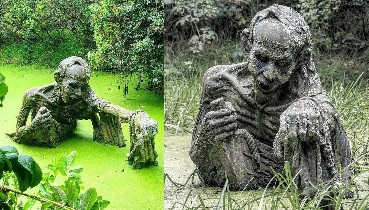 Victor’s Way: An Eccentric Sculpture Park in Ireland106 views
Victor’s Way: An Eccentric Sculpture Park in Ireland106 views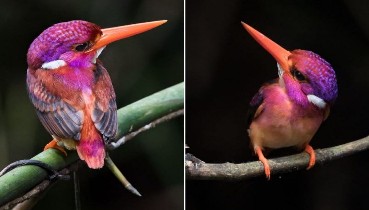 Super Rare Dwarf Kingfisher Photographed For The First Time After 130 Years Eluding Scientists9529 views
Super Rare Dwarf Kingfisher Photographed For The First Time After 130 Years Eluding Scientists9529 views 115 Buddha Tattoo That Will Awaken Your Spirituality254 views
115 Buddha Tattoo That Will Awaken Your Spirituality254 views
Advertisements
You may also like
 An Abandoned Mansion In The Irish Forests
An Abandoned Mansion In The Irish Forests 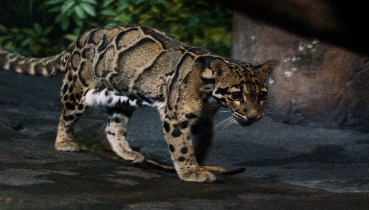 The Fur of This Rare and Elusive Leopard Creates an Amazing 3D Illusion
The Fur of This Rare and Elusive Leopard Creates an Amazing 3D Illusion 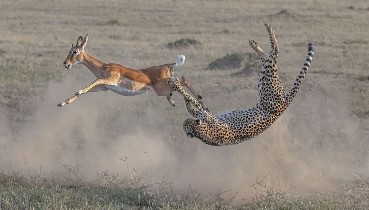 Winners of the 2020 BigPicture Natural World Photography CompetitionWinners of the 2020 BigPicture Natural World Photography Competition
Winners of the 2020 BigPicture Natural World Photography CompetitionWinners of the 2020 BigPicture Natural World Photography Competition 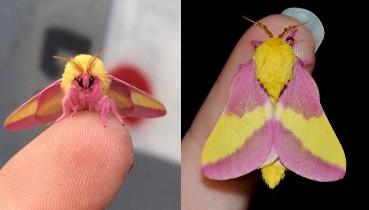 Tiny Wonders: 30 Adorable Photos Introducing You To Unseen Cute Bugs
Tiny Wonders: 30 Adorable Photos Introducing You To Unseen Cute Bugs